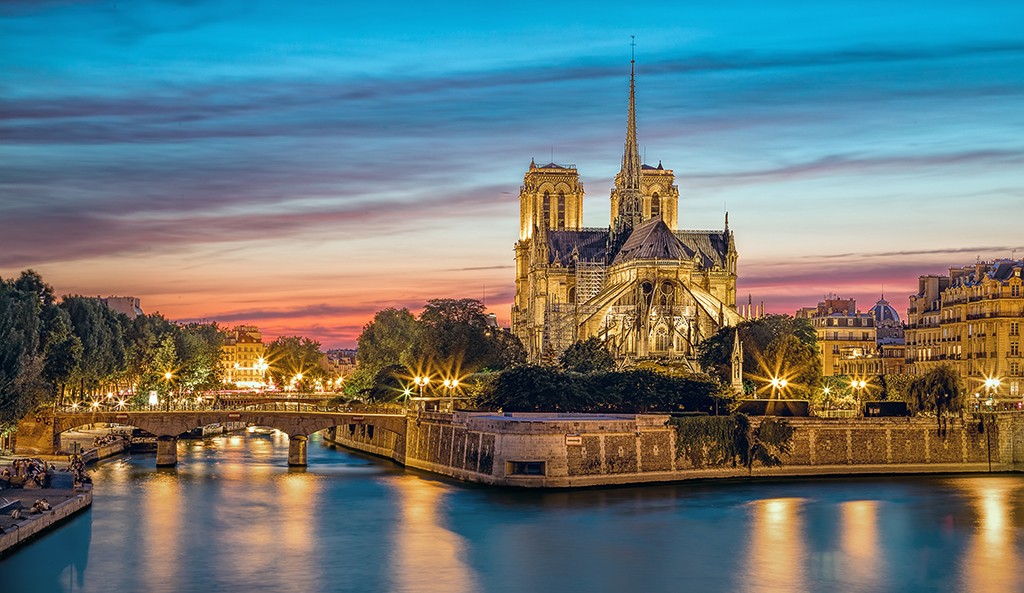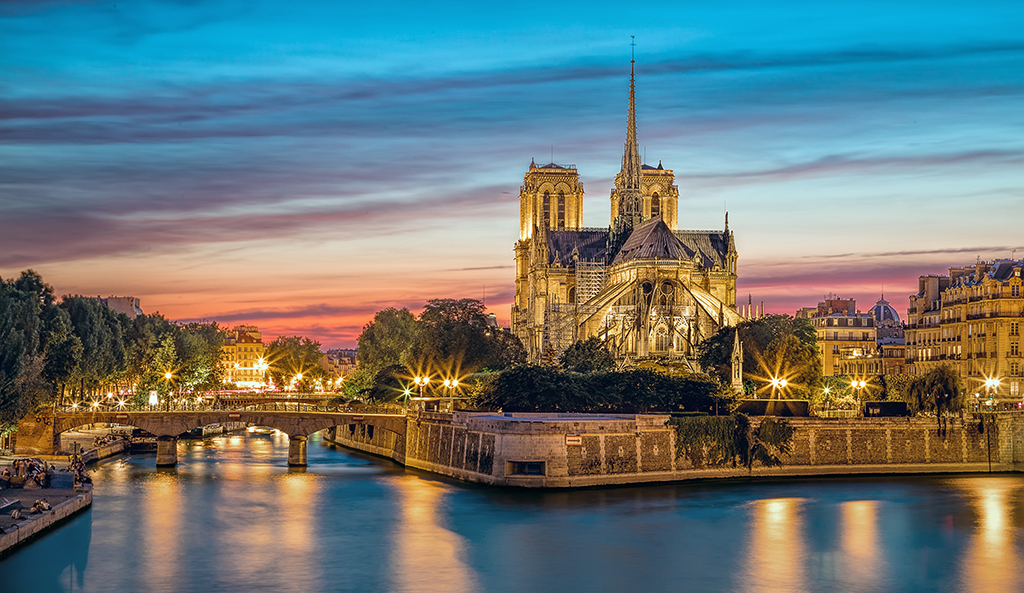Everyone Talks About the Stuff You Need. Let’s Talk About What You Don’t.

Since the day you became interested in photography, you’ve been inundated with articles, ads, and reviews about all the photography gear you need. Hint: you don’t need most of it. Your photography friends probably join in too. It is a rare outing with fellow photographers where I don’t come home convinced I need some new item.
Well, I’m going to take the opposite tack here for a moment and talk about some things you don’t need. These are things you might be inclined to spend your money on, but where I think you can save it. This also means less weight you are carrying and less stuff in your bag.
Item 1: Remote Shutter Release
If you aren’t familiar with remote shutter releases, these are basically remote controls for your camera. They either plug in or work wirelessly, and allow you to trigger the shutter button without touching the camera. Avoiding touching the camera during the exposure process is important because it means you won’t shake the camera and cause blur to your photos.
I actually used a remote shutter release for many years. In fact, at some point I probably listed remote shutter releases as required items on this site. Taking photos without touching the camera is still extremely important – that hasn’t changed. Over the last several months, however, I have started using the 2 second timer to do that instead. I have found it more convenient and largely stopped using the remote shutter release.
You might still need a remote shutter release if you need to time your shots exactly, or if you need to use some advanced features (like taking multiple shots for time lapses and the like). For the most part, however, you can do without this item.
Item 2: Polarizing Filter
Circular polarizing filters do two things for you: (1) they cut down on reflections, and (2) they make the sky look a deeper, richer blue when used in the middle of the day. Most people use them for the second purpose.
Something about that description may jump out at your right away. That is that polarizers only improve the skies in your shots during the middle of the day. The reason for that is that they work by limiting the light allowed into your camera to light coming from certain angles. But an important question is “why are you shooting in the middle of the day anyway?” The number one thing you can do to improve your photography is stop doing that.
Over and above that, you can pretty easily mimic the effects of a polarizing filter in Photoshop or Lightroom (at least, the effect on skies). You just reduce the luminance of the blues. So, in my view, there is no real need to mess around with the circular polarizer.
You still might use the circular polarizer for cutting down on reflections, but that is a very limited use. Frankly, I almost always want reflections anyway. I’d skip this item.
Item 3: A UV Filter
People don’t really buy UV filters to cut down on UV rays entering their lens. Rather they buy them as protection for the front of their lenses. The idea is that if something hits the front of your lens, it will break the filter and not your lens.
Others take issue with this and ask why, after spending hundreds or thousands of dollars on expensive glass, you want to put an extra, cheap piece of glass on the front of your lens. They regard this as little more than a way for camera stores to add to their sales.
For the most part, I try to avoid such debates. As to this question, however, I just don’t think your lens needs the protection. I have never seen anyone bash the front of their lens in. The reality is that, having spent a lot of money on their lenses, most people are pretty careful with them. I’m about as hard on equipment as anyone I know, and I have never damaged the front element of any of my lenses. In any case, the lens hood will provide equal or better protection for your lenses. Use those, and scrap the UV filters.
Item 4: Expensive Flash
I can see spending money on photography gear when it will directly impact image quality. So when it comes to cameras and lenses, I will break out the wallet. But think about what a flash unit does. It just blasts out light. It doesn’t affect the optics of your pictures. It isn’t like there is better light coming from more expensive flash unit. The reality is that cheaper flash units work just as well as the expensive ones. Yongnuo, in particular, has fantastic flash units that cost a little over $100 for TTL units and a little under $100 for manual flashes. They work great. I’ve seen a lot of pros using them for their portrait and wedding businesses. Why anyone spends $500 – $600 on Canon and Nikon flash units is beyond me.
Item 5: Prime Lenses
It used to be that zoom lenses were of inferior quality to prime lenses. As a result, you’ll sometimes still hear old school photographers scoff at zoom lenses. But those days are over. Some of the best lenses on the market are zoom lenses.
As to the lack of zoom, you’ll sometimes hear photographers tell you “zoom with your feet.” That’s cute, but it is nonsense. There is a phenomena at work called compression that changes the appearance of things in your frame as you zoom in and out. Zooming in with a lens will create a fundamentally different picture than walking closer to your subject with the same focal length. Try it yourself sometime.
That’s not to say prime lenses are bad. There is nothing wrong with them (except the obvious fact that they only have one focal length). But you should view them as specialty items with extremely limited applications.
Item 6: A Light Meter
If you ever want to rile up an old school photographer, tell them you don’t need a light meter. It makes them crazy!
But the reality is that you simply don’t need a separate light meter. The meter in your camera will work flawlessly every time. If if doesn’t, adjust and take another shot. It will take less time than messing around with a light meter. You simply don’t need one.
Don’t just take my word for it though. Watch and see if you see any photographers you know using a light meter. When you watch training videos, see if the instructors are using light meters. I cannot count the number of photography instructional videos I have watched, and I cannot remember ever seeing anyone use a light meter. The top pros don’t use them either. Joe McNally doesn’t use one. Lindsay Adler doesn’t use one. The list goes on, but these are two pretty good names to start with.
What Do You Need?
What do you actually need for photography? That will obviously depend based on what you are photographing.
Going minimalistic has its advantages. I tend to shoot landscapes and cityscapes, and over time I have whittled down what I need to only a few items. I often walk around with only a camera and wide angle lens, a tripod, and a 6-stop neutral density filter. That’s it. That said, I don’t want to oversell this. It is also not uncommon for me to be out there with multiple bags full of gear. You do whatever is required!
But the point is that you shouldn’t get caught up in a bunch of gadgetry. It actually takes away from what you are trying to do. People just starting with photography tend obsess over really small things – usually involving additional gadgets – that don’t really have a great impact on their pictures. The things that dramatically impact your outdoor pictures are the location, the time of day, and then once you are there, the composition. Spend all your time in the field thinking about subject and composition – and not gear – and watch your pictures improve.
Oh, and doing so will save you lots of money too!

